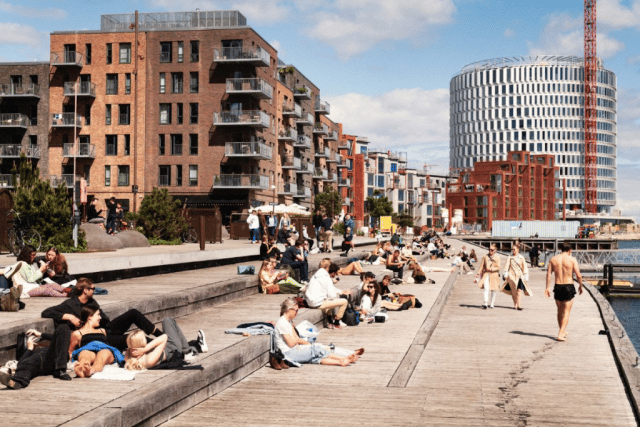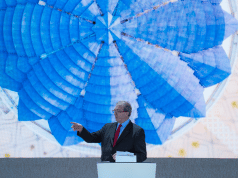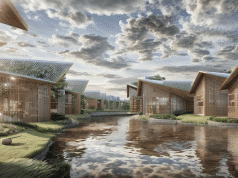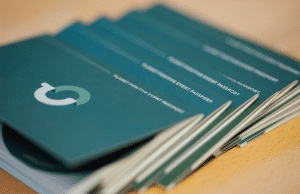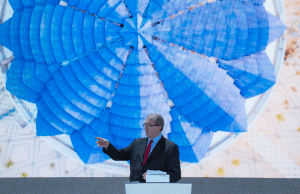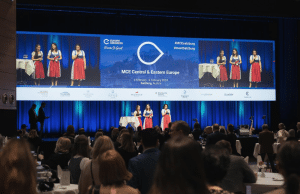At a time when many people have been questioning the appeal of city life in a post-pandemic world, Monocle’s survey stands as a reminder of what makes urban living so rewarding in the first place. Compiled by the magazine’s international editors and contributors, the ranking is based on a multitude of factors encompassing objective data such as crime rates, ambulance response times, employment figures, and income inequality, as well as direct-lived experience from Monocle’s global team of correspondents on the ground, and plans for forthcoming infrastructure improvements.
Reflecting shifts in society and changing lifestyles, Monocle’s metrics have evolved over the years, ensuring the rankings take into account contemporary urban priorities. This year, for example, the team has introduced new data points to reflect changing working patterns, rising costs of living and the growing importance of access to nature and the outdoors – represented through a roster of new metrics including hours of sunlight, affordable housing, and places to swim.
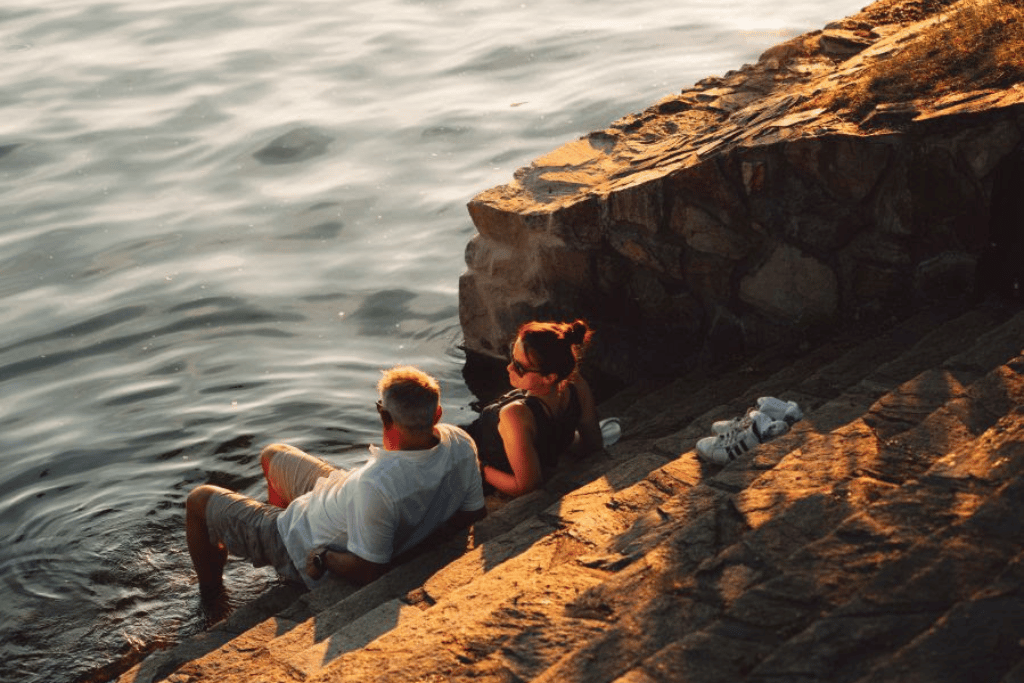
The greatest Dane: Copenhagen
No stranger to Monocle’s best city lists, having featured in the top 25 in several of the last 15 years, become a recent fixture of the top 5, and bagged the top spot last year, Copenhagen continues to lead the way in liveability. The Danish capital consistently scores highly across the board, but is never complacent, always looking for ways to make life better, easier and more rewarding for its residents.
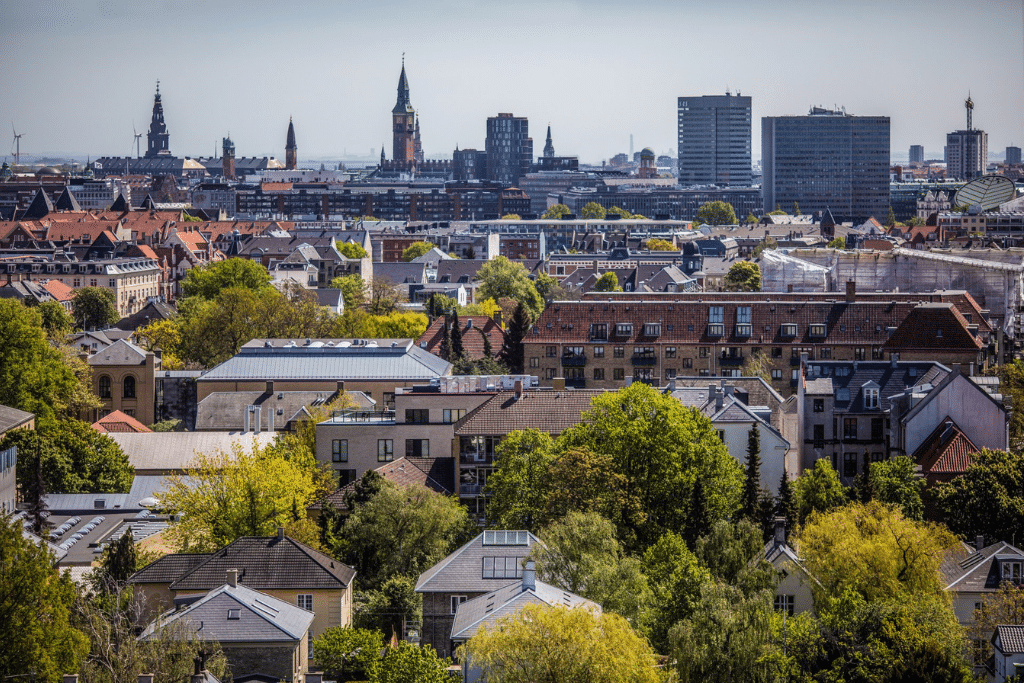
Nordic and nice: Helsinki, Stockholm, Oslo
Since Monocle’s very first Quality of Life Survey, Nordic cities have historically scored very highly, with Helsinki, Stockholm and Oslo consistently winning places alongside Copenhagen in the top 25. This year, Helsinki and Stockholm have both retained spots in the top five (although each has been nudged back a place by the arrival of a resurgent Lisbon) and Oslo has climbed one spot from 24 to 23.
Monocle’s editors suggest that the Nordic capitals are such solid performers thanks to their manageable scale (something which contributes to the likes of London and LA being pushed out of contention). Nordic cities are typically compact, pedestrian-focused, environmentally ambitious and fastidious about maintaining connections to nature, without neglecting their distinctive character, sociability and charm.
New entries, non-movers and climbers
2022’s rankings have seen just one new entry in the top 25; Milan has entered the chart at 21, powered up by a successful Design Week earlier this month and an ambitious programme of public infrastructure development ahead of the 2026 Winter Olympics.
The biggest climber, Lisbon, has shot from 7 to 3 on the back of a tourist renaissance, entrepreneurial upsurge and a progressive plan to repurpose 48,000 empty homes; while the impacts of the pandemic and the disruption of lockdowns have shaken the likes of Tokyo, Brisbane and Auckland down a branch or two of the tree.
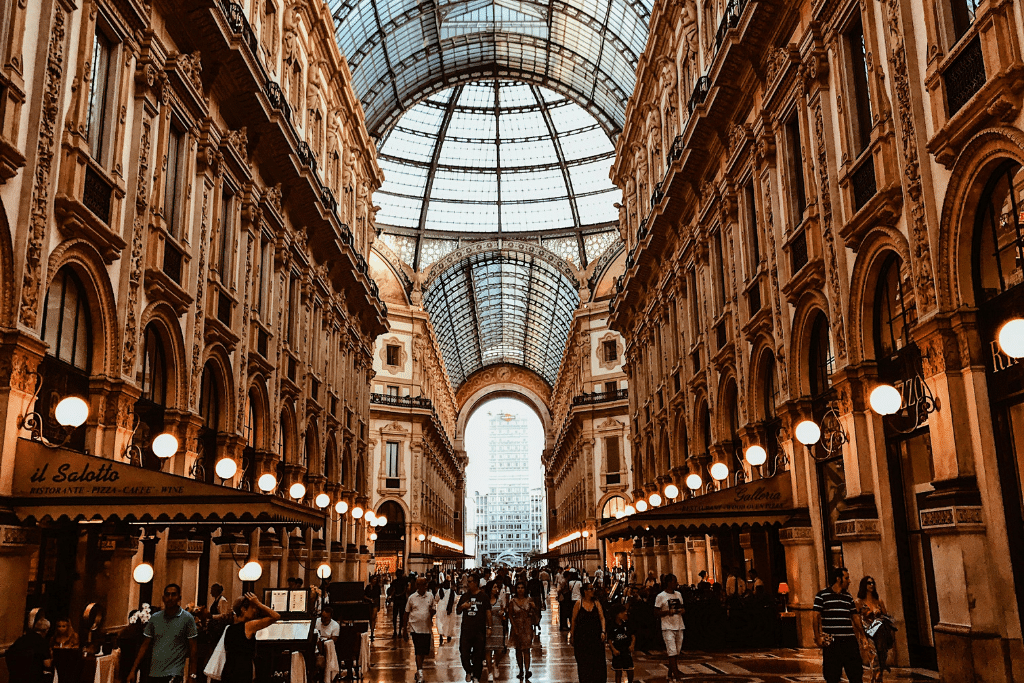
A blueprint for urban utopia?
Perhaps the most valuable thing about Monocle’s rankings is the fact that they can also serve as an anthology of viable ideas for urban development, bringing together creative planning approaches, sustainability solutions, and socially progressive measures from all over the world. From schemes to improve pedestrianisation or address growing populations to solutions to creative ways to nourish culture or reconnect with nature, they point to the ingredients for the perfect city of the future.
Source: Monocle


